What should be noted in the case of continuous cloudy days greenhouse vegetables, look here!
What should be noted in the case of continuous cloudy days greenhouse vegetables, look here!
Just after the National Day, we in Shandong suffered 7 days of continuous cloudy weather, most farmers corn still in the ground confiscated home, as a town that relies on planting cucumbers, many of our greenhouse growers here began to be anxious, because even cloudy weather makes the greenhouse inside the cucumber growth is very slow, the fruit strip is very poor. On October 7, I returned from home to work, the wholesale price of cucumbers in our local vegetable market ranged from 5.5-6.8 yuan/catty. Continuous rainy weather, low temperature, low light, disease, melon seedling wilting and other problems have once again become the top problem of overwintering greenhouse vegetable production. How to ensure that there is no longer such a heavy loss, only prevention is better than cure, take appropriate measures early, in order to deal with the onslaught of bad weather.
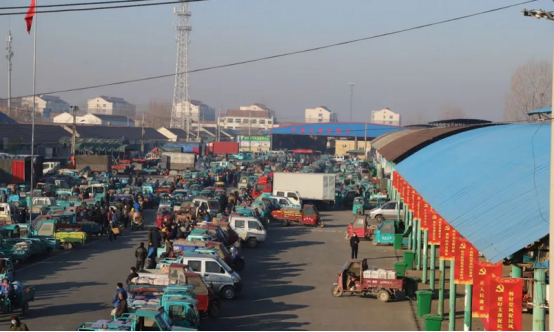
The following sharing is my company for many years engaged in greenhouse planting research technician, as well as with the family has 20 years of greenhouse planting experience of the father to discuss, summed up a few experiences, hope to see the farmers can minimize losses.
FIRSTLY : INCREASE LIGHT
There is no doubt that in a continuous cloudy environment, increasing light intensity is the most direct and effective measure to improve photosynthetic efficiency, especially for light-loving vegetables such as cucumber and loofah, the stronger the light, the higher the photosynthetic efficiency. Usually measures to increase light are the following.
1. Try to open the straw even on cloudy days to make use of diffused light so that crops can receive adequate light. Vegetable farmers should never not open the straw on even cloudy days. However, to ensure the temperature of the shed, it is recommended that the straw be pulled 0.5-1 hour later than on a sunny day and that the shed be released 0.5-1 hour earlier than on a sunny day in the afternoon.
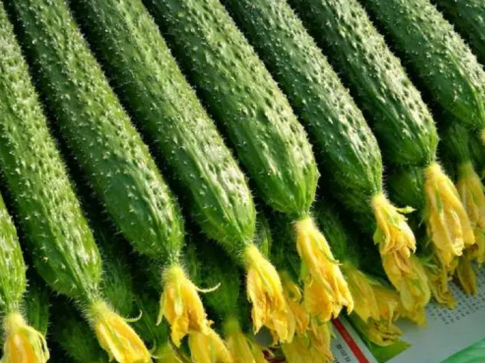
2. choose high quality shed film, timely cleaning of the shed film, improve the shed film light transmission rate. In winter, dust on the shed film can seriously affect the light transmission rate of the shed film, especially the shed near the roadside, the situation is more serious. Therefore, measures to remove dust and improve the light transmission rate of the shed film is necessary, you can use wind-blown cloth to dust the shed film, the method is simple and easy, the effect is also good, you can sweep most of the dust on the shed film clean, which is very helpful for even cloudy days to improve the light intensity of the shed. In addition, we should also pay attention to reduce the condensation on the inner surface of the film to reduce the impact on the light transmission rate.
3. Hanging reflective curtains. Some farmers reflect that hanging reflective curtain will affect the back wall of the shed heat storage, more harm than good, but in fact, the back wall of the heat storage process in addition to direct light temperature increase, but also through heat transfer to complete. In consecutive cloudy days, by hanging reflective curtain can effectively increase the intensity of light in the shed and promote photosynthetic accumulation, the benefits outweigh the disadvantages. The correct setting method is to pull a wire along the shed aisle at the back wall at a height of 2 meters, cut the 1-meter-wide reflective curtain in two lengths as needed, bond it with transparent tape into a 2-meter-wide curtain, fold back the top end of the curtain, wrap the wire, and then fix it with transparent tape to form a curtain that naturally drops or tilts slightly toward the inside of the shed.
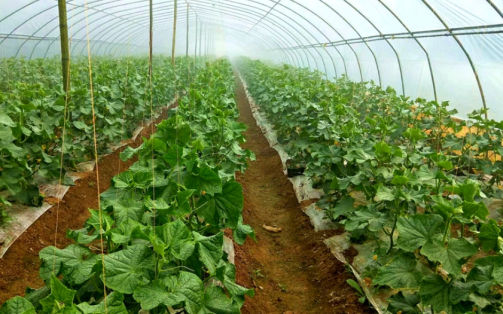
SECONDLY , HEAT PRESERVATION
The speed of photosynthesis in plants is influenced by enzyme activity, and the main factor affecting enzyme activity is temperature, so suitable temperature is another important factor to improve photosynthetic efficiency. If the temperature is low, the enzyme activity decreases, and even if there is sufficient light, photosynthesis is weak and nutrient production is limited. In addition, if the night temperature is too low, the plant will suffer from cold and frost damage, which will also seriously affect the normal growth of the plant, and in serious cases, dead trees. Therefore, it is crucial to keep warm on cloudy days.
1. Two layers of straw plus one layer of film cover. Cover two layers of straw outside the film, with the upper and lower layers staggered in a zigzag pattern and the bottom layer of old film to keep the straw dry. This is much better than a single layer of straw for heat preservation.
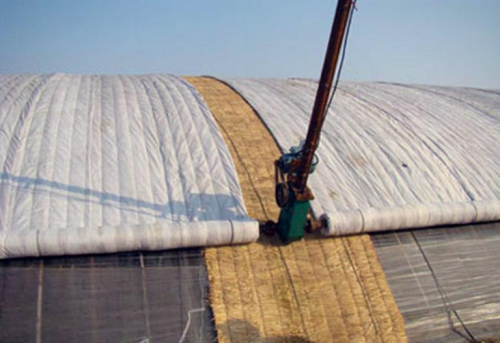
2. monopoly planting, mulching, and propping up the mulch in an arch shape, using this method, it was found that the ground temperature can be increased by 2-3 ℃. Compared with the straw reactor, this method is more convenient and easy to use, while it is conducive to maintaining the temperature and humidity of the soil between the roots.
3. Do a good job on the front face of the shed to prevent freezing. Usually the front face of the shed is the farthest from the back wall and receives the least amount of heat dissipation, so it is the most susceptible to frost damage in the shed. Many farmers take at the front to add another layer of 1 meter-high film or waste straw, not only to keep warm, but also to prevent the front face from dripping and reduce the occurrence of disease.
4. Take measures to increase temperature. Outside the shed use used iron cylinders, pots and other appliances into the charcoal or corn cob ignition, wait until there is no smoke no open fire and then put into the shed, every 10 meters put a pot, can effectively improve the temperature of the shed. In addition to this, you can also use electric heating wind, electric heating wire, light bulbs and other warming facilities.
5. Foliar spraying seaweed extract or fish protein and other amino acid foliar fertilizer can play a role in preventing cold and frost, preserving flowers and fruits, and preventing premature decay.
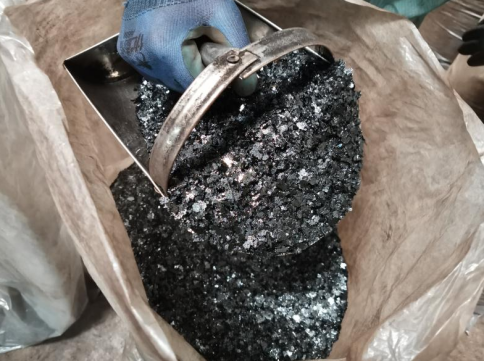
THRIDLY, CONTROL WATERING AND FERTILIZATION
Some vegetable farmers believe that the application of full water-soluble root fertilizer on cloudy days can promote root absorption and improve yield. Even if more nitrogen, phosphorus and potassium minerals are added, they will not be absorbed by the plants. On the contrary, watering and fertilizing on a cloudy day will lower the ground temperature, increase the relative air humidity in the shed and make the soil too wet, leading to the accumulation of harmful gases and causing root compost. After the root system is injured, the plant resistance further decreases, plus the low temperature root activity is weak, the absorption of mineral elements is reduced, and the plant growth is even slower. Therefore, watering and fertilizing should be controlled on consecutive cloudy days.
In the case of sufficient fertilizer, soil moisture is good, should try not to water, chase fertilizer, in order to help maintain ground temperature, temperature, reduce air humidity, not composting, not to hurt the roots, to promote the normal physiological growth of vegetables; if the soil is really very dry, can be used to temporarily water a small amount of water to relieve.
In addition, flushing seaweed extract helps vegetables smoothly through even cloudy days, seaweed extract resistance to low temperature weather is still very strong, but the measure must be implemented before even cloudy days.
FOURTH,STRENGTHEN PLANT ADJUSTMENT
According to the weather forecast, the fruit should be removed early before the cloudy days to reduce plant nutrient consumption and enhance nutrient accumulation, which will help protect the leaves and young fruits, root system, and enhance the plant's ability to resist adverse conditions.
In addition to removing young fruits, eggplant crops also need to thin out over-vigorous side branches, which is mainly to reduce nutrient consumption. This is mainly to reduce nutrient consumption. Over-exuberant lateral branches have too much nutritional growth, while reproductive growth is weak and nutrient distribution is unbalanced, which is not conducive to normal plant growth. If not thinned out in a timely manner, after encountering a cloudy day, too vigorous side branches will consume a lot of organic nutrients for nothing, which is the same as indirectly increasing the burden on the plant, which is not conducive to vegetables smoothly through the cloudy days. The thinning of part of the side branches, can enhance the ventilation and light between plants, to increase the intensity of light, improve the ground temperature are good.
FIFTH,EARLY PREVENTION OF DISEASE
The relatively small amount of ventilation on cloudy days and the high humidity in the shed create favorable conditions for the occurrence of diseases. Once the disease occurs, the plant leaves, will directly reduce photosynthetic efficiency, so that the already fragile plant more aggravated. The effect of spraying at this time is often poor, one is easy to increase the humidity in the shed, which is conducive to gray mold and bacterial diseases; secondly, due to continuous cloudy days, the shed is not enough light intensity, transpiration is weak, the plant stomata closed, resulting in poor absorption of the liquid. Therefore, diseases should be prevented early.
Pay attention to the weather forecast, spray seaweed extract before the arrival of consecutive cloudy days, and mix with agricultural streptomycin, etc., which can form a protective film on the surface of the plant to prevent external disease infestation and reduce the chance of disease.
I hope the above points of advice can help you cope with the various problems that occur in crops on rainy days. Extreme weather is an exception, want to greenhouse crops grow well, the key also lies in the usual care and management. The new organic fertilizer seaweed extract, as a representative of the marine source fertilizer, not only has a strong resistance to low temperature weather, crop rooting, fruit preservation, fruit expansion, taste are very good results, in a word, he is much better than the traditional fertilizer, do not believe, you can try once. More crop planting knowledge, please pay attention to WWW.BLUEALGA.COM



 Mobile: 86-13012553585 15610518510
Mobile: 86-13012553585 15610518510 Phone (Fax):86-53283197178
Phone (Fax):86-53283197178 E-mail: admin@bluealga.com
E-mail: admin@bluealga.com Add:No.918 Lingang 8 Road Huangdao District,Qingdao China 266400
Add:No.918 Lingang 8 Road Huangdao District,Qingdao China 266400

